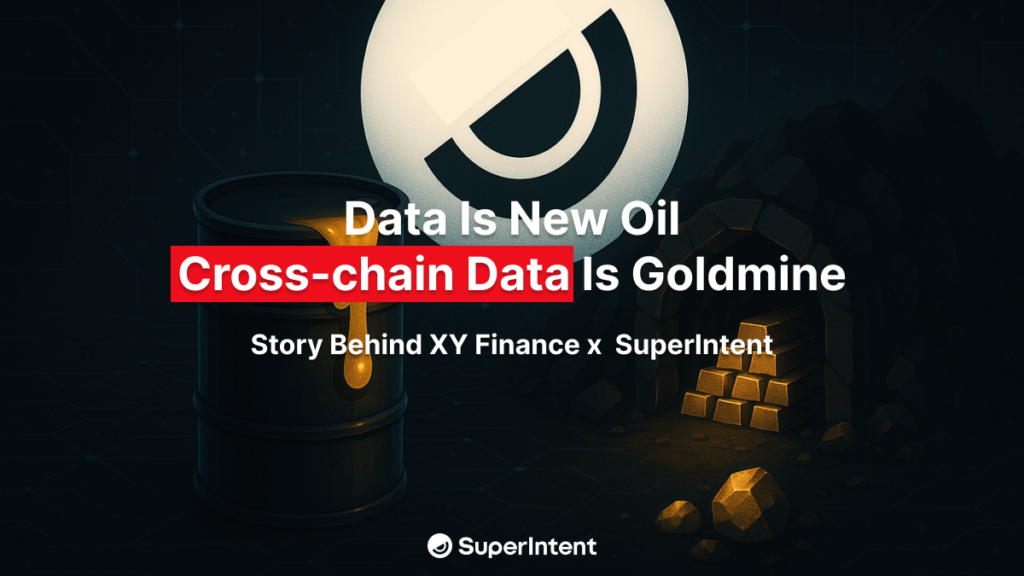
In 2017, The Economist famously declared that “The world’s most valuable resource is no longer oil, but data.” This statement marked a paradigm shift in the global economy. In the digital era, data has not only surpassed oil as the most critical economic asset, but it also fundamentally differs in how it generates value.
Unlike oil, data is non-exclusive, renewable, shareable, and capable of exponential value growth. While oil depletes upon use, data can be collected, analyzed, and reapplied in increasingly sophisticated ways. This distinction becomes even more significant as AI and machine learning continue to evolve, amplifying the role of high-quality data in shaping decision-making, automation, and innovation.
AI & Data: From Big Data to Intelligent Applications
AI thrives not just on any data, but on high-quality, structured, and vast datasets. Machine learning models require massive volumes of accurate, diverse, and timely data to optimize their predictions and decision-making capabilities. The era of big data paved the way for AI, and now AI is redefining how data is processed, analyzed, and utilized.
NVIDIA CEO Jensen Huang encapsulated this transformation, stating:
“Software is eating the world, but AI is going to eat software.”
The implications are clear: data fuels AI, and the better the data, the smarter the AI.
The more data available, the more refined and precise AI models become. More accurate AI leads to better decision-making, which generates even more valuable data, creating a self-reinforcing cycle that gives a massive advantage to those who collect, refine, and apply data effectively. This cycle is especially evident in finance, trading, and investment applications, where predictive accuracy can mean the difference between profit and loss.
The Web3 Data Revolution: Transparency vs. Fragmentation
Web3 embodies one of data’s most defining characteristics—non-exclusivity. Unlike traditional centralized systems, either TradFi or CEX, where data is proprietary and siloed, Web3 & DeFi ensures transparency and accessibility by default.
However, this shift introduces a new challenge: fragmentation.
Yes, blockchain transactions are publicly accessible. But they’re also scattered across chains, protocols, and formats—making it difficult to aggregate, structure, and extract insights that actually matter.
DeFi data is technically on-chain, but far from ready-to-use. There’s no unified schema, no behavioral labeling, and no straightforward way to answer even basic questions like:
“What kind of user is this?”
“Why did they make this transaction?”
“What trend is forming here?”
🔍 Transparency ≠ Usability
Just because data is public doesn’t mean it’s structured, reliable, or meaningful.
Without proper refinement, raw on-chain data is just noise.
The true value lies in how data is:
- Aggregated from multiple chains
- Structured with context and semantics
- Interpreted with behavioral models and AI-driven insights
This is where XY Finance enters the picture.
XY Finance: The Cross-Chain Data Refinery
XY Finance as a leading cross-chain aggregator isn’t just about bridging tokens; it’s about refining, interpreting, and unlocking the value hidden within cross-chain data.
At XY Finance, we recognize that Web3 data isn’t “ours” in a proprietary sense—it belongs to the blockchain. However, not all on-chain data is worth tracking. Identifying the most relevant transaction flows, behavior patterns, and key data points is what sets a true data refinery apart. Below are XY Finance’s Cross-Chain Data Advantage:
- Cross-Chain Transaction Data: Real-time execution costs, transaction routes, and efficiency optimization insights.
- User Profiling & Post-Bridging Behavior Analytics: Unlike standalone bridges, XY Finance users are experienced DeFi traders who prioritize cost efficiency and precise execution, while casual users often swap directly through project UIs.
By analyzing millions of transactions and post-bridging behaviors of these experienced traders in the past 4 years, XY Finance has extracted high-quality data, enabling SuperIntent to build precise, impactful models from day one—setting it apart from competitors.
We Are Already Standing on the Data Foundation for the AI Era
In the AI era, raw data alone is not enough—structured, refined data is what drives innovation. The ability to extract meaning, recognize patterns, and generate insights will determine who leads and who follows in the next phase of Web3 evolution.
XY Finance has already built a strong foundation in data analytics in the interoperability world, providing a ready-made infrastructure for AI-powered financial intelligence.
A data-driven transformation is imminent—and we are ready.
In our next article, we’ll explore the magic of DeFAI. Stay tuned!
Join the waitlist for the next deep dive.
About XY Finance
XY Finance is a cross-chain interoperability protocol aggregating DEXs & Bridges. With the ultimate routing across multi-chains, borderless and seamless swapping is just one click away.
XY Finance Official Channels
XY Finance | Discord | Twitter | Telegram | Documents | Partnership Form
